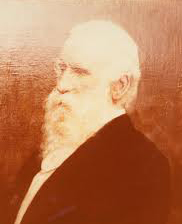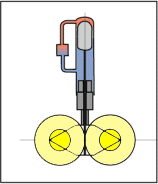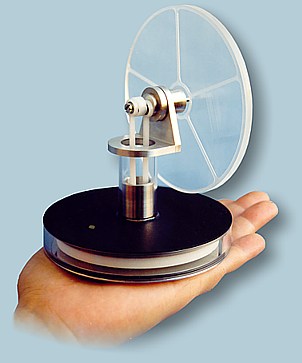

|
| Open Menu |
| Local page - | New energy menu - | Science and Technology - | Economy menu - | Food & Restaurants - | General menu |
|
Story of Stirling motor
Wath is the Sirling motor
Principle of the Stirling motor
|
| More classified links |
The Stirling Heat Engine |

"The Stirling Engine was named by Dr. Rolf. J. Meijer who at that time was a project manager with Philips of Holland. Philips was struggling with creating a new name to call the 'Air' engine when there was no air inside the engine. This is because in an Air engine, the air inside the engine is called the 'working gas'. If you change the 'working gas' to a gas like Helium or Hydrogen, then it can no longer be called an 'Air' engine. The name Stirling Engine was chosen in honor of the inventor of the regenerator (economizer) and the engine that demonstrated its use. |
Principle of the Stirling motor |

SESUSA.org |

The Stirling and Hot Air Engine |

The International Stirling Association |
 
RobertStirlingEngine.com |
 
Stirlingsteele.com |

Matteran Energy |

The fascinating world of Stirling engines |
-450.jpg) -450.jpg)
Kontax Stirling Engines |

The Stirling and Hot Air Engine |
Clic
for your Research of books on Amazone about: Air Engines |
|
Amazone : Stirling Engines - The Tesla Disc Turbine
- The Tesla Disc Turbine - Rotary Engines
- Rotary Engines -
- |
|
| Directories : | Yahoo: Flywheels - Stirling Cycle MSN: Flywheel Demoz: Flywheels - Energy Devices - Stirling Engines - Tesla Turbines - Rotary Engine |
 
Copyright WaoLine, The Internet Interactive and Dynamic Visual Directory |